- Methods for Shaping Cucumbers
- 1. Pruning
- 2. Trellising
- 3. Training
- 4. Pinching
- 5. Using Support Structures
- 6. Removing Defective Fruits
- 7. Proper Watering and Fertilization
- 8. Mulching
- Importance of Shaping
- Pruning Techniques for Healthier Plants
- 1. Remove Suckers
- 2. Pinch off Excess Growth
- 3. Thin Out Overcrowded Foliage
- 4. Prune Yellowing or Diseased Leaves
- 5. Control Vining Growth
- 6. Support and Train the Plants
- 7. Sterilize Tools
- Training Cucumbers for Increased Yield
- Why train cucumbers?
- Methods for Training Cucumbers
- Benefits of Training Cucumbers
- The Benefits of Trellising
- 1. Maximizes Space Utilization
- 2. Increases Crop Yield
- 3. Easier Harvesting
- 4. Improved Pest and Disease Control
- 5. Aesthetic Appeal
- Topiary Methods for Creative Shaping
- Vertical Gardening for Space Optimization
- Benefits of Vertical Gardening
- Vertical Gardening Techniques for Cucumbers
- Conclusion
- Shaping Cucumbers for Disease Prevention
- 1. Pruning and Training
- 2. Removing Suckers
- 3. Creating Proper Spacing
- 4. Mulching
- 5. Crop Rotation
- 6. Regular Inspections
- Tips and Tricks for Successful Shaping
- 1. Start Early
- 2. Use Supports
- 3. Prune Regularly
- 4. Train Vines Horizontally
- 5. Use Tensioning Techniques
- 6. Monitor and Adjust
- 7. Provide Adequate Water and Nutrients
- 8. Explore Different Shaping Techniques
- “Question-Answer”
- What are some effective methods for shaping cucumbers to increase green plant yield?
- How does pruning cucumbers help increase green plant yield?
- What are the benefits of trellising cucumbers?
- How can training the vines of cucumbers to grow vertically increase green plant yield?
- Are there any other methods besides pruning, trellising, and training that can help increase cucumber yield?
- “Video” How To Grow Cucumber Vertically – Save Space & Increase Yields in 3 Simple Steps Growing Vertically
Growing cucumbers is a popular hobby for many gardeners, but achieving a high yield of green fruits can be a challenge. One effective method for increasing the green plant yield is through shaping the cucumber plants.
Shaping cucumbers involves pruning and training the plants to grow in a specific shape, which encourages better airflow and light penetration. This technique helps to reduce the risk of disease and insect infestations, as well as promotes the production of more green fruits.
One common method for shaping cucumbers is through the use of trellises or stakes. By providing support, the plants can be trained to grow upwards instead of sprawling on the ground. This not only saves space in the garden but also allows for better air circulation and sunlight exposure, resulting in healthier plants and increased green fruit yield.
An alternative method for shaping cucumbers is through the use of pruning. By removing excess foliage and lateral branches, the plants can be directed to put more energy into fruit production. This technique also helps to prevent overcrowding and allows for easier access to the cucumbers for harvesting.
It is important to note that shaping cucumbers may require some additional maintenance, such as regular watering and fertilization. However, the benefits of increased green plant yield and healthier plants make it a worthwhile endeavor for any cucumber grower.
Methods for Shaping Cucumbers
Cucumbers are a popular vegetable that can be grown in gardens or farms. Shaping cucumbers can be an effective method to increase green plant yield and improve the overall quality of the harvest. Here are some methods that can be used to shape cucumbers:
1. Pruning
Pruning is a common method used to shape cucumber plants. By removing excess foliage and side shoots, the plant’s energy can be focused on fruit production. Pruning also improves air circulation and reduces the risk of diseases. It is recommended to prune cucumber plants when they have reached a height of about 12 inches.
2. Trellising
Trellising is another effective method for shaping cucumbers. By providing vertical support for the plants, trellising helps them grow straight and reduces the risk of fruits touching the ground. This can prevent damage and rotting of the cucumbers. Trellising can be done using stakes, strings, or wire mesh.
3. Training
Training cucumbers involves gently guiding the vines to grow in a desired shape. This can be done by attaching the vines to trellises or wires using soft ties or clips. Training helps prevent tangled and overcrowded growth, which can limit air circulation and sunlight penetration.
4. Pinching
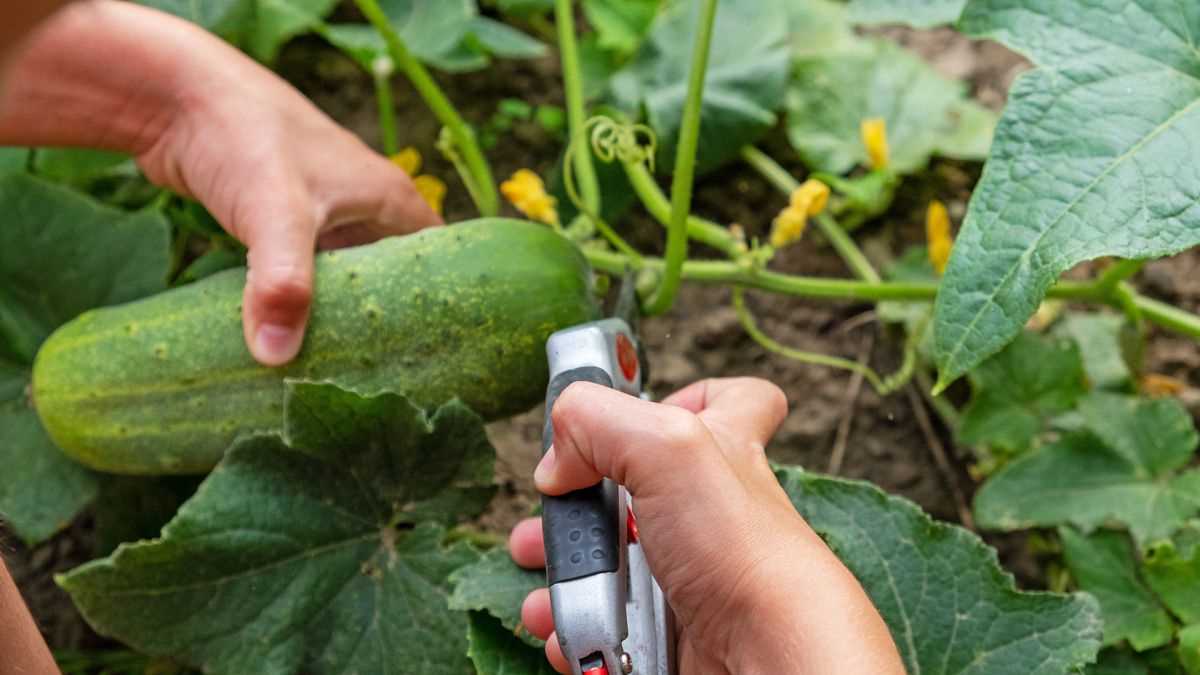
Pinching is the act of removing the growing tip of the cucumber plant. This helps divert the plant’s energy towards lateral growth and fruit development. Pinching also helps control the size and shape of the plant, making it easier to manage and harvest.
5. Using Support Structures
Support structures, such as cages or frames, can be used to shape cucumbers. These structures provide stability and prevent the plants from sprawling on the ground. Using support structures also helps improve air circulation and facilitates easier harvesting of the cucumbers.
6. Removing Defective Fruits
Regularly inspecting the cucumber plants and removing defective or misshapen fruits is important for maintaining a desired shape. Removing these fruits allows the plant to put more energy into developing healthy, straight cucumbers.
7. Proper Watering and Fertilization
Providing adequate water and fertilization is crucial for shaping cucumbers. Proper watering ensures the plants receive enough moisture to grow and develop properly. Fertilizing with balanced nutrients promotes healthy growth and improves the quality of the cucumbers.
8. Mulching
Mulching around cucumber plants helps maintain soil moisture and temperature, which is key for shaping cucumbers. Mulch reduces weed growth, prevents soil erosion, and creates a favorable environment for the plants to grow straight and healthy.
By implementing these methods for shaping cucumbers, growers can increase green plant yield, improve the quality of the cucumbers, and maximize the overall productivity of their harvest.
Importance of Shaping
Shaping cucumbers is an essential technique in promoting increased plant yield and overall plant health. By properly shaping cucumber plants, gardeners can optimize their space, encourage better airflow and sunshine penetration, and facilitate pest and disease management.
1. Space optimization: Shaping cucumbers allows gardeners to effectively utilize their garden space. By training the plants to grow vertically instead of horizontally, growers can save valuable ground space and plant more cucumbers in the same area.
2. Airflow and sunlight: Proper shaping of cucumber plants ensures good airflow and sunlight penetration throughout the entire plant. This is crucial for reducing the risk of fungal diseases, such as powdery mildew, and promoting optimal photosynthesis, which leads to healthier and more productive plants.
3. Pest and disease management: Shaping cucumbers helps in the early detection and control of pests and diseases. By training the plants to grow vertically and keeping the leaves off the ground, it becomes easier to spot any signs of pest infestation or disease development. Additionally, improved airflow helps in preventing the buildup of moisture, which can contribute to the growth of various plant pathogens.
There are several methods available for shaping cucumbers, including trellising, staking, and pruning. Each method has its advantages and can be tailored to suit different growing conditions and preferences. Gardeners should choose a shaping method that best fits their resources and goals.
| Method | Description |
|---|---|
| Trellising | Using a trellis or mesh netting to support the plants as they grow vertically, allowing for better space utilization and improved airflow. |
| Staking | Inserting stakes next to the plants and tying the main stem to the stake as it grows, providing support and preventing sprawling. |
| Pruning | Regularly removing side shoots and excess foliage to focus the plant’s energy on fruit production and improve airflow within the plant. |
Overall, shaping cucumbers is a simple and effective method for increasing green plant yield. By optimizing space, improving airflow and sunlight exposure, and facilitating pest and disease management, gardeners can harvest healthier cucumbers and maximize their gardening efforts.
Pruning Techniques for Healthier Plants
Pruning is an important practice for shaping cucumber plants and promoting their overall health. When done correctly, pruning can improve air circulation, prevent disease, and increase fruit yield. Here are some effective pruning techniques for healthier cucumber plants:
1. Remove Suckers
Suckers are lateral shoots that emerge from the plant’s main stem and compete for nutrients and energy. Removing suckers helps redirect resources to the main stem and promotes stronger growth. Use clean pruning shears to carefully remove suckers as they appear.
2. Pinch off Excess Growth
Pinching off excessive growth, especially at the ends of the plant, can prevent the plant from becoming too dense. This allows for better air circulation and reduces the risk of diseases such as powdery mildew. Pinch off excess growth with your fingers or pruning shears.
3. Thin Out Overcrowded Foliage
Overcrowded foliage can impede air circulation and increase the chances of disease. Thin out the plants by removing some of the leaves and branches. This will create a more open canopy and allow for better light penetration and airflow.
4. Prune Yellowing or Diseased Leaves
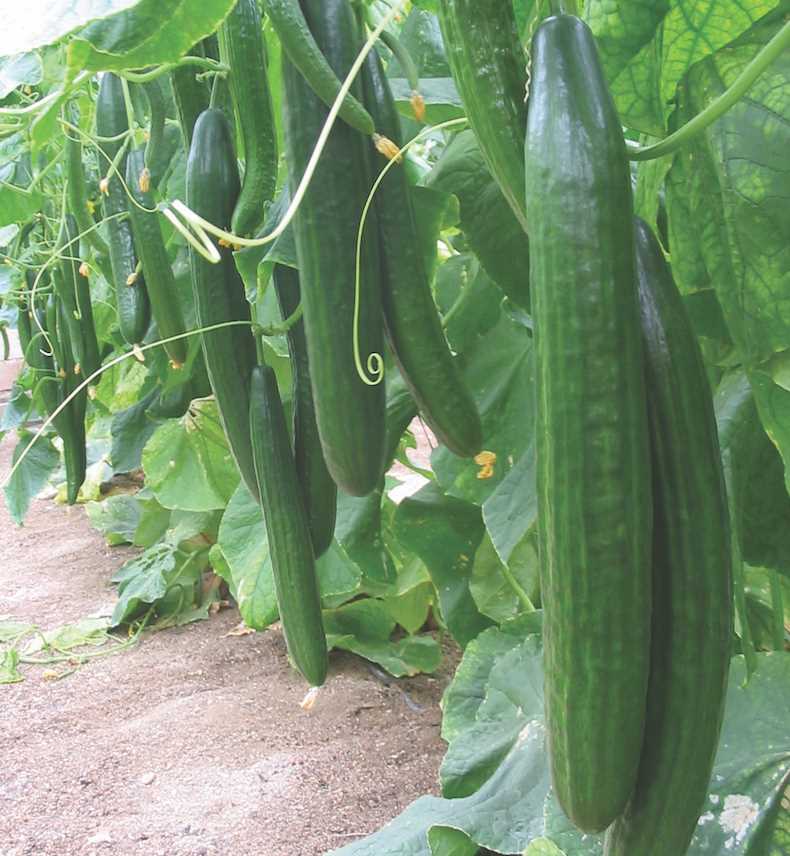
Yellowing or diseased leaves should be promptly pruned to prevent the spread of infection. Removing these leaves allows the plant to redirect its energy towards healthier foliage and fruit production. Make clean cuts with sterile pruning shears.
5. Control Vining Growth
If growing vining cucumbers, it’s important to control their growth. Prune back excessive vines to prevent the plant from becoming unmanageable and to promote the development of strong lateral branches. Trim back the vines using pruning shears or garden scissors.
6. Support and Train the Plants
Proper support and training can help keep the cucumber plants in shape and reduce stress on the stems. Use trellises, cages, or stakes to support the plants, and regularly train them to grow along the desired path. This will also make pruning and harvesting easier.
7. Sterilize Tools
To prevent the spread of disease, always sterilize your pruning tools before using them. Dip the blades in a solution of 1 part bleach to 10 parts water or wipe them with rubbing alcohol. This will help prevent the introduction and transmission of pathogens.
Remember, pruning should be done with care to avoid excessive stress on the plants. It’s important to strike a balance between removing unnecessary foliage and maintaining a healthy, productive cucumber plant. Regular observation and thoughtful pruning will go a long way in promoting healthier cucumber plants and increasing fruit yield.
Training Cucumbers for Increased Yield
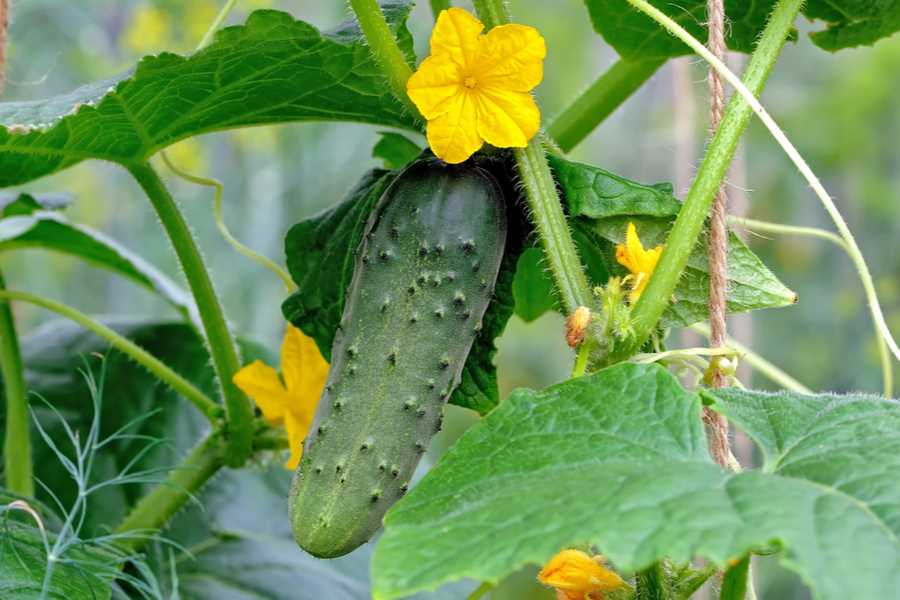
Training cucumbers is an effective method for increasing the overall yield of green plants. By implementing proper training techniques, gardeners can optimize the growth, health, and productivity of cucumber plants.
Why train cucumbers?
Training cucumbers helps to ensure that the plants grow in a controlled manner, preventing them from sprawling on the ground. This vertical growth not only maximizes the use of space but also allows for better air circulation and light exposure, resulting in healthier plants and increased yields.
Methods for Training Cucumbers
There are several effective methods for training cucumbers, including:
- Trellising: Using trellises or stakes to support the cucumber plants as they grow vertically. This method involves tying the main stem of the plant to the trellis or stake using soft plant ties or twine.
- Caging: Placing cylindrical cages around cucumber plants to provide support as they grow. The cages can be made of wire or other sturdy materials and should be tall enough to accommodate the full height of the cucumber plants.
- Pruning: Regularly removing lateral shoots and side branches to encourage vertical growth and redirect the plant’s energy towards producing more fruits. Pruning should be done carefully to avoid damaging the main stem or removing too many leaves.
Benefits of Training Cucumbers
The practice of training cucumbers offers several benefits:
- Increased Yield: Training cucumbers allows more space for the plants to grow, resulting in more fruit production per square foot of garden space.
- Better Air Circulation: By training cucumbers, air can circulate more freely around the plants, reducing the risk of diseases and improving overall plant health.
- Improved Light Exposure: Vertical growth allows for better light penetration into the foliage, ensuring that all parts of the plant receive sufficient sunlight for photosynthesis.
- Easier Harvesting: Trained cucumber plants are easier to manage and harvest. The upright growth makes it more convenient to find and pick ripe cucumbers, reducing the risk of damage to the plant or fruits.
| Training Method | Pros | Cons |
|---|---|---|
| Trellising |
|
|
| Caging |
|
|
| Pruning |
|
|
Overall, training cucumbers is an effective method for increasing green plant yield. By utilizing trellising, caging, or pruning techniques, gardeners can optimize the growth and production of cucumber plants, resulting in a bountiful harvest.
The Benefits of Trellising
Trellising is a method of training cucumber plants to grow vertically, using a physical support system. This technique offers several benefits that can greatly enhance the growth and productivity of cucumber plants.
1. Maximizes Space Utilization
By growing cucumbers vertically on a trellis, gardeners can make the most efficient use of limited gardening space. Instead of sprawling along the ground, the plants grow upwards, allowing multiple cucumber plants to be grown in a smaller area. This is particularly advantageous for gardeners with limited space or those who want to maximize their garden’s potential.
2. Increases Crop Yield
Trellising cucumbers not only saves space but also boosts crop yield. When the plants are trained to grow vertically, they receive more sunlight and air circulation, leading to healthier and more productive plants. The increased exposure to sunlight helps in photosynthesis, resulting in better growth and increased fruit production. Additionally, the improved air circulation prevents diseases caused by excessive moisture, leading to a higher yield of cucumbers.
3. Easier Harvesting
When cucumbers are grown on a trellis, they are easier to harvest. The vertical growth allows the fruits to hang freely, making them more accessible and visible. Gardeners can easily spot and pick ripe cucumbers without the need to search through tangled foliage. This not only saves time and effort but also reduces the risk of accidentally damaging the plants or harvest.
4. Improved Pest and Disease Control
Trellising provides better pest and disease control for cucumber plants. By keeping the plants off the ground, trellising reduces the risk of soilborne pests and diseases, as well as minimizes the chance of contact with contaminated soil. Additionally, the open canopy formed by vertically grown plants improves air circulation, making it harder for pests and diseases to thrive. The increased visibility of the cucumbers also allows gardeners to promptly detect and address any signs of infestation or disease.
5. Aesthetic Appeal
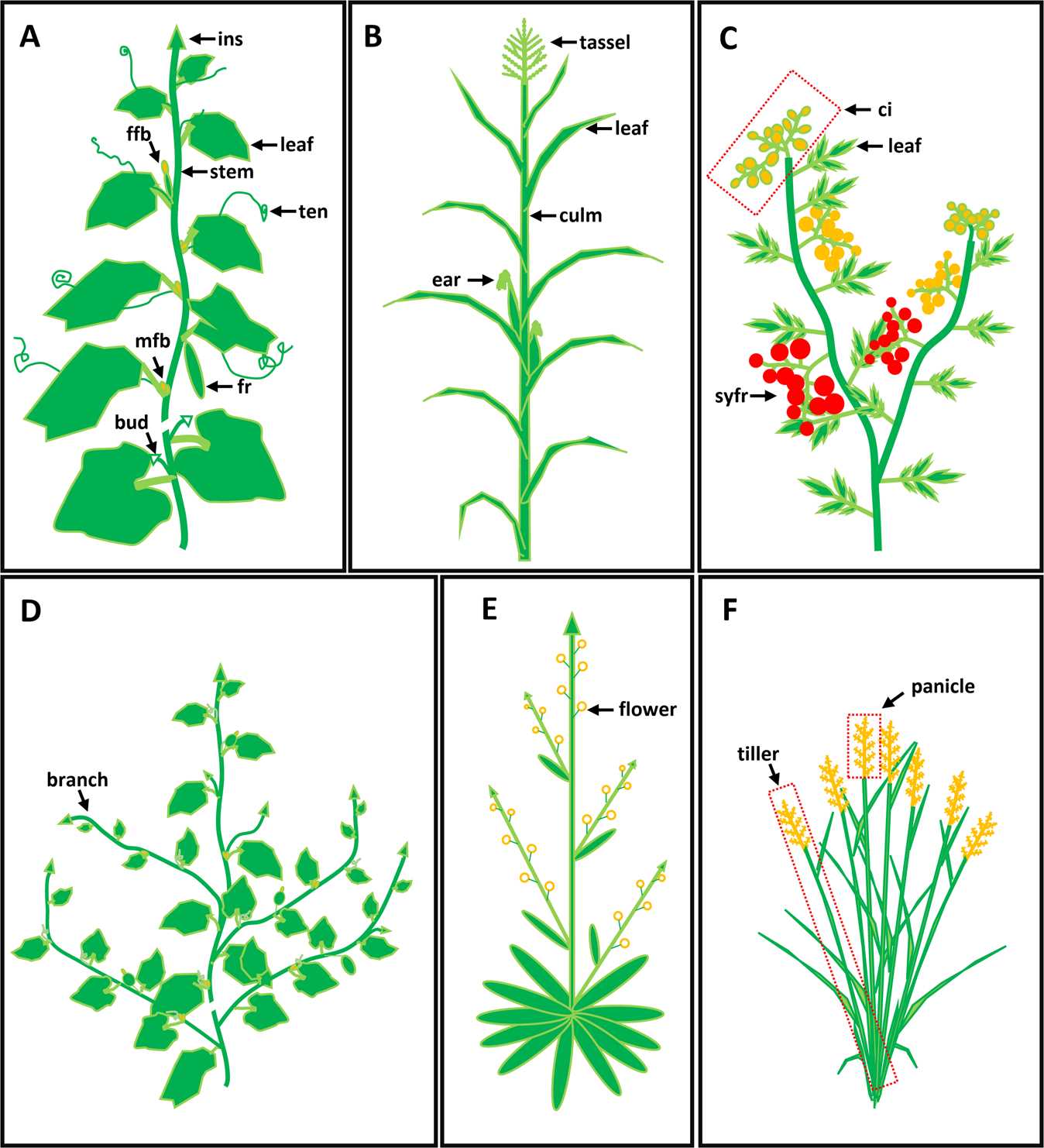
Aside from the practical benefits, trellising also adds aesthetic appeal to the garden. The vertically grown cucumber plants create a visually pleasing display, giving a neat and organized look to the garden space. Trellising can be done using various materials, such as bamboo poles, wire mesh, or trellis netting, allowing gardeners to choose a design that complements their garden style.
In conclusion, trellising cucumbers offers numerous benefits, including space maximization, increased crop yield, easier harvesting, improved pest and disease control, and aesthetic appeal. Gardeners can make the most of their cucumber plants by using trellises, leading to healthier plants, higher productivity, and a more enjoyable gardening experience.
Topiary Methods for Creative Shaping
Topiary is an ancient gardening technique that involves shaping plants into different forms and designs. While commonly associated with shrubs and trees, topiary can also be applied to cucumbers to add a touch of creativity to your garden. Here are some topiary methods for shaping cucumbers to enhance their visual appeal:
- Vertical Spiral Shape: Create a vertical spiral shape by gently training the cucumber vine to grow in a spiral pattern around a support structure. This method can be achieved by using stakes or a trellis. As the cucumber plant grows, gently guide the vine around the support, adjusting its direction as needed. This will result in an eye-catching spiral shape that adds visual interest to your garden.
- Animal Shapes: Give your cucumbers a whimsical touch by shaping them into animal forms. Use wire or other flexible materials to create the desired shape, such as a rabbit, bird, or even a dragon. As the cucumber grows, carefully train it to follow the shape of the structure. Regular pruning may be necessary to maintain the desired shape and prevent the cucumber from growing out of control.
- Geometric Shapes: Experiment with geometric designs by shaping cucumbers into squares, triangles, or circles. This method involves enclosing young cucumber fruits within wire or plastic molds that are shaped like the desired geometric form. As the cucumber grows, it will expand and take on the shape of the mold. This technique can create unique and visually appealing cucumber shapes that are sure to impress.
It’s important to note that shaping cucumbers through topiary methods may require more attention and maintenance compared to traditional gardening practices. Regular pruning, guiding, and monitoring of the plants will be necessary to ensure they grow in the desired shapes. Additionally, it’s essential to choose cucumbers that are suitable for topiary, as some varieties may be more flexible and easier to shape than others.
Topiary methods for creative shaping can add a unique and artistic element to your cucumber garden. Whether you opt for a spiral shape, animal forms, or geometric designs, these techniques allow you to showcase your creativity and transform your garden into a visually stunning space.
Vertical Gardening for Space Optimization
When it comes to growing cucumbers, space optimization is a crucial factor to consider. Vertical gardening is an effective method that allows gardeners to maximize their growing area and increase their cucumber yield.
Benefits of Vertical Gardening
- Space Efficiency: Vertical gardening eliminates the need for large horizontal spaces. By growing cucumbers vertically, you can make the most of your available space, whether it’s a small backyard or a balcony.
- Increased Yield: By training cucumbers to grow vertically, you can encourage better air circulation and sunlight exposure for each plant. This helps optimize photosynthesis, leading to increased plant growth and higher fruit yield.
- Easy Maintenance: Vertical gardening makes it easier to monitor and maintain your cucumber plants. With the plants growing upwards, you can easily spot pests or diseases and take appropriate measures to protect your crop.
- Reduced Disease Risk: Growing cucumbers vertically helps keep the foliage off the ground, minimizing the risk of soil-borne diseases. This can contribute to healthier plants and a lower chance of infection.
- Improved Harvesting: Vertical gardening allows for easier harvesting. With the cucumbers hanging from trellises or stakes, they are more accessible and less likely to be damaged during the picking process.
Vertical Gardening Techniques for Cucumbers
There are various techniques you can employ for vertical cucumber gardening:
- Trellises: Trellises are a popular choice for training cucumbers vertically. You can create a trellis using stakes, netting, or a wire mesh. As the cucumber vines grow, guide them up the trellis for support.
- Cages: Cages provide sturdy support for cucumber plants, ensuring they grow upright. You can use ready-made cages or construct your own using wire or other suitable materials.
- Stakes: Staking is another effective method for vertical cucumber gardening. Insert stakes into the ground near each plant, and gently tie the cucumber vines to the stakes as they grow.
- Wall-Mounted Systems: If space is limited, consider using wall-mounted systems specifically designed for vertical gardening. These systems can be attached to walls or fences and provide vertical growing space for cucumbers.
Whichever technique you choose, make sure to provide proper support and regularly train the cucumber vines upwards. Additionally, monitor the plants for any signs of stress or overcrowding, and adjust your vertical gardening setup as needed.
Conclusion
Vertical gardening offers an effective solution for growing cucumbers in limited spaces. By utilizing techniques such as trellises, cages, stakes, or wall-mounted systems, you can optimize space, increase yield, and simplify plant maintenance. Consider incorporating vertical gardening into your cucumber-growing strategy to make the most of your available area and enjoy a bountiful harvest.
Shaping Cucumbers for Disease Prevention
Disease prevention is crucial for ensuring healthy cucumber plants and high yields. By using proper shaping techniques, you can help prevent the occurrence and spread of diseases in your cucumber plants. Here are some effective methods for shaping cucumbers to prevent diseases:
1. Pruning and Training
Pruning and training your cucumber plants can help improve air circulation and reduce the risk of diseases. Remove any dead or diseased leaves regularly, making sure to disinfect your pruning tools between cuts to prevent the spread of diseases. Train the main vine to grow vertically along a trellis or stake, which can help reduce contact with soil-borne diseases.
2. Removing Suckers
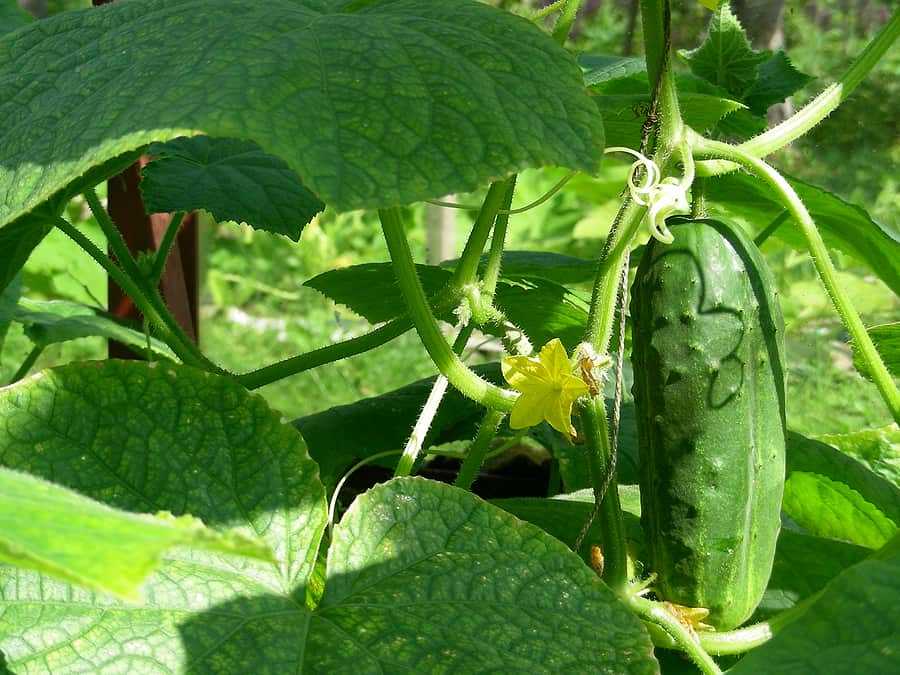
Suckers are the small secondary shoots that emerge from the leaf axils of cucumber plants. They can compete for nutrients and space, leading to overcrowding and increased risk of diseases. Regularly remove suckers by pinching them off to maintain a single main vine and improve air circulation.
3. Creating Proper Spacing
Proper spacing between cucumber plants is essential for disease prevention. Crowded plants are more susceptible to diseases due to reduced air circulation and increased humidity. Ensure that your cucumber plants are spaced adequately, following the recommended spacing guidelines for your particular cucumber variety.
4. Mulching
Applying a layer of organic mulch around cucumber plants can help prevent the spread of soil-borne diseases. Mulch acts as a barrier, preventing soil from splashing onto the leaves during watering or rainfall. This reduces the chances of disease pathogens coming into contact with the leaves and causing infections.
5. Crop Rotation
Practicing crop rotation is essential for disease prevention in cucumbers. Avoid planting cucumbers in the same location year after year, as this can lead to a buildup of diseases in the soil. Ideally, rotate your cucumber plants with non-related crops to break the disease cycle and reduce the risk of re-infection.
6. Regular Inspections
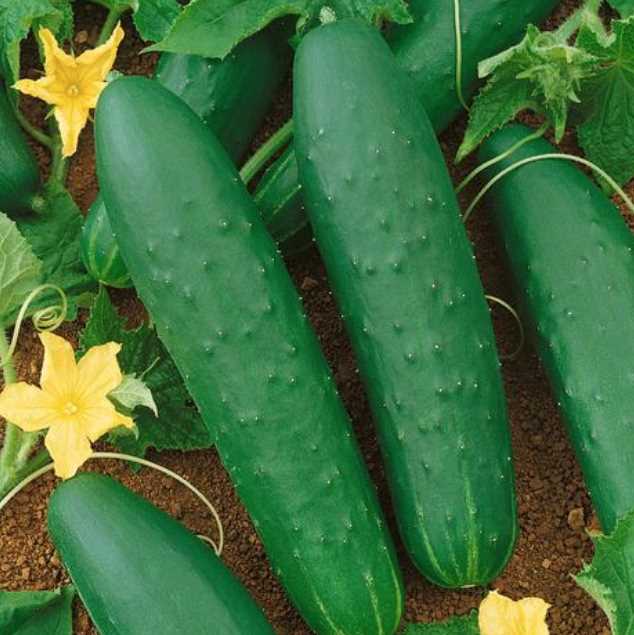
Regularly inspecting your cucumber plants is crucial for early detection and prevention of diseases. Look for any signs of wilting, yellowing leaves, spots, or unusual growth patterns. If you spot any signs of disease, take immediate action by removing and destroying the affected plant parts to prevent the spread of disease.
By implementing these shaping methods and practicing good gardening practices, you can significantly reduce the risk of diseases in your cucumber plants and promote their overall health and productivity.
Tips and Tricks for Successful Shaping
1. Start Early
If you want to shape your cucumbers successfully, it’s important to start early in the growing season. Begin training the vines as soon as they start to develop by gently manipulating them into the desired shape.
2. Use Supports
Providing support for your cucumber plants is crucial for shaping. Install trellises, cages, or stakes to help the vines grow in a controlled manner and prevent them from sprawling on the ground. This will make it easier to shape and maintain the desired form.
3. Prune Regularly
Regular pruning is essential for shaping cucumbers. Trim away any side shoots or suckers that are growing in unwanted directions. This will redirect energy into the main vine and encourage it to grow in the desired shape.
4. Train Vines Horizontally
Training cucumber vines horizontally can result in a higher yield and more uniform growth. This can be achieved by gently bending the vines and securing them to the support structure with soft ties or plant clips. By training the vines horizontally, you will encourage the plant to produce more side shoots and increase green plant yield.
5. Use Tensioning Techniques
Tensioning techniques, such as loop training or twining, can be used to shape cucumbers effectively. Loop training involves gently bending the vines in a loop and securing them to the support structure. Twining involves wrapping the vines around the support structure in a spiral fashion. Both techniques encourage lateral growth and can result in higher yields.
6. Monitor and Adjust
Regularly monitor the growth of your shaped cucumbers and make necessary adjustments as needed. As the plants continue to grow, they may need additional training or pruning to maintain the desired shape. Stay vigilant and make adjustments as necessary throughout the growing season.
7. Provide Adequate Water and Nutrients
To ensure successful shaping and maximum yield, it’s important to provide your cucumber plants with adequate water and nutrients. Monitor soil moisture levels and water the plants deeply and consistently. Additionally, use a well-balanced fertilizer to supply essential nutrients for healthy growth and development.
8. Explore Different Shaping Techniques
Don’t be afraid to experiment with different shaping techniques to find what works best for you and your cucumber plants. Every gardener and every plant is unique, so what works for one may not work for another. Explore different training methods, supports, and pruning techniques to find the optimal shaping approach for your cucumbers.
By following these tips and tricks, you can increase the green plant yield of your cucumbers and achieve successful shaping for a more productive and visually appealing cucumber patch.
“Question-Answer”
What are some effective methods for shaping cucumbers to increase green plant yield?
Some effective methods for shaping cucumbers to increase green plant yield include pruning, trellising, and training the vines to grow vertically.
How does pruning cucumbers help increase green plant yield?
Pruning cucumbers helps increase green plant yield by removing the lateral shoots and leaves that compete for nutrients and sunlight, allowing the plant to focus its energy on producing more cucumbers.
What are the benefits of trellising cucumbers?
Trellising cucumbers has several benefits, including increased airflow around the plants, better exposure to sunlight, improved disease resistance, and easier harvesting.
How can training the vines of cucumbers to grow vertically increase green plant yield?
Training the vines of cucumbers to grow vertically helps increase green plant yield by maximizing the use of space, allowing more plants to be grown in a smaller area. It also makes it easier for the plants to receive sunlight and nutrients, resulting in healthier and more productive plants.
Are there any other methods besides pruning, trellising, and training that can help increase cucumber yield?
Yes, besides pruning, trellising, and training, other methods that can help increase cucumber yield include regular watering, providing adequate nutrients through fertilization, proper spacing between plants, and controlling pests and diseases.







